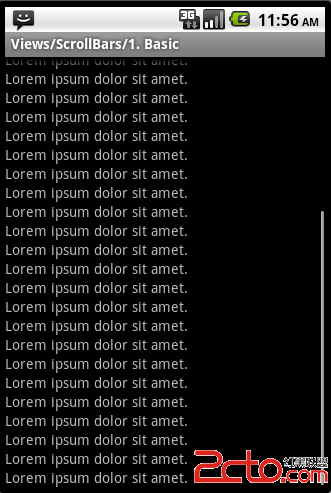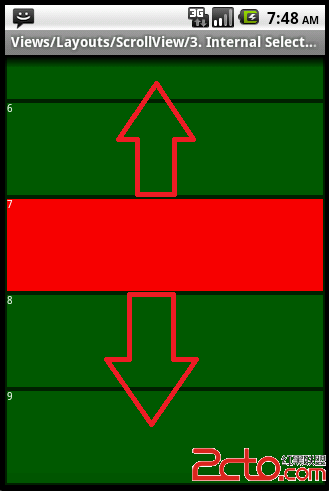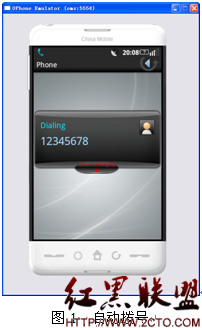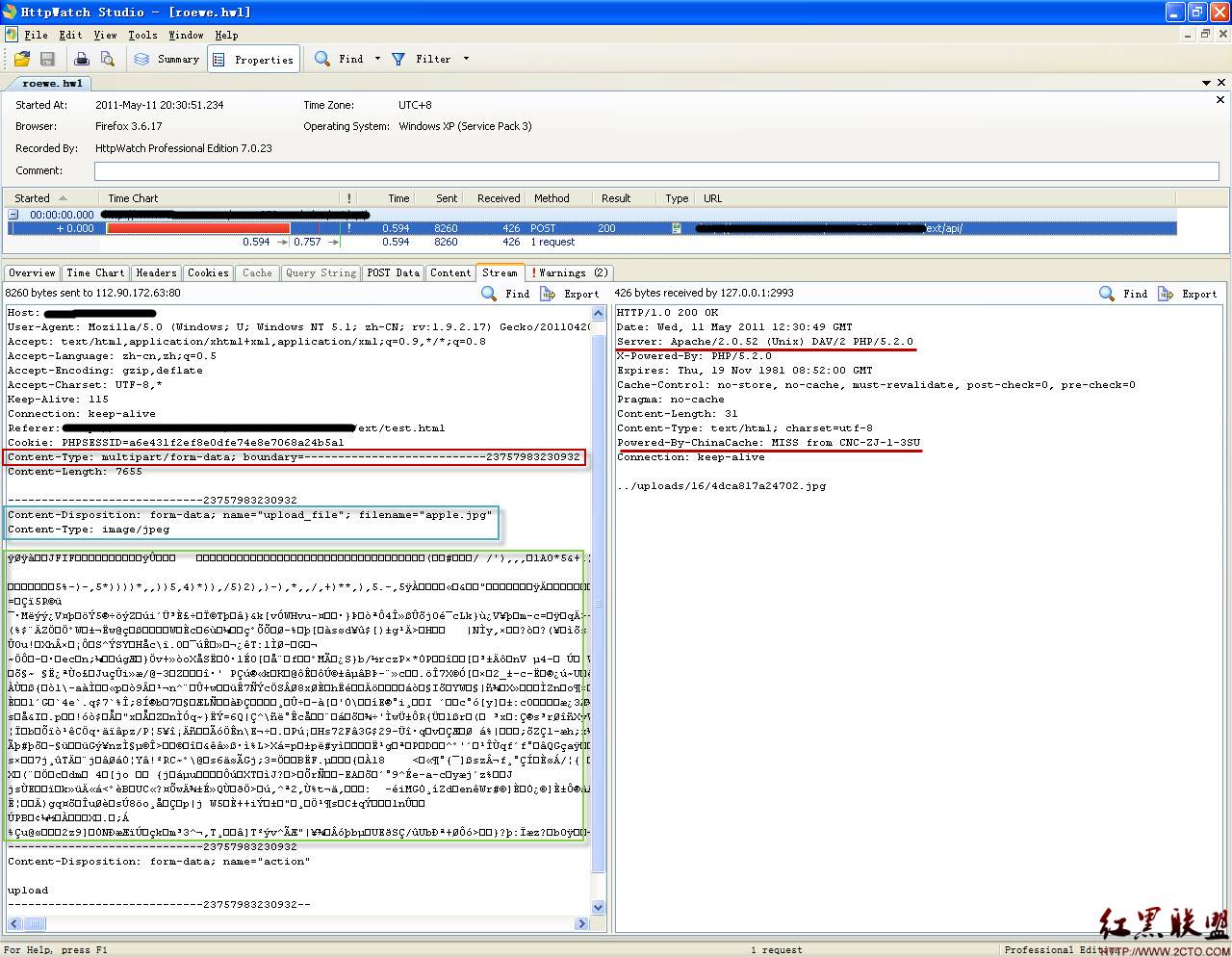Using Wi-Fi Direct for Service Discovery 直接使用Wi-Fi服务发现
Using Network Service Discovery, showed you how to discover services that are connected to a local network. However, using Wi-Fi Direct&trad; Service Discovery allows you to discover the services of nearby devices directly, without being connected to a network. You can also advertise the services running on your device. These capabilities help you communicate between apps, even when no local network or hotspot is available.
While this set of APIs is similar in purpose to the Network Service Discovery APIs outlined in a previous lesson, implementing them in code is very different. This lesson shows you how to discover services available from other devices, using Wi-Fi Direct™. The lesson assumes that you're already familiar with the Wi-Fi Direct API.
Set Up the Manifest
In order to use Wi-Fi Direct, add the CHANGE_WIFI_STATE,ACCESS_WIFI_STATE, and INTERNET permissions to your manifest. Even though Wi-Fi Direct doesn't require an Internet connection, it uses standard Java sockets, and using these in Android requires the requested permissions.
<manifest xmlns:android="http://schemas.android.com/apk/res/android"
package="com.example.android.nsdchat"
...
<uses-permission
android:required="true"
android:name="android.permission.ACCESS_WIFI_STATE"/>
<uses-permission
android:required="true"
android:name="android.permission.CHANGE_WIFI_STATE"/>
<uses-permission
android:required="true"
android:name="android.permission.INTERNET"/>
...
Add a Local Service
If you're providing a local service, you need to register it for service discovery. Once your local service is registered, the framework automatically responds to service discovery requests from peers.
To create a local service:
Create a WifiP2pServiceInfo object.
Populate it with information about your service.
Call addLocalService() to register the local service for service discovery.
private void startRegistration() {
// Create a string map containing information about your service.
Map
record = new HashMap
();
record.put("listenport", String.valueOf(SERVER_PORT));
record.put("buddyname", "John Doe" + (int) (Math.random() * 1000));
record.put("available", "visible");
// Service information. Pass it an instance name, service type
// _protocol._transportlayer , and the map containing
// information other devices will want once they connect to this one.
WifiP2pDnsSdServiceInfo serviceInfo =
WifiP2pDnsSdServiceInfo.newInstance("_test", "_presence._tcp", record);
// Add the local service, sending the service info, network channel,
// and listener that will be used to indicate success or failure of
// the request.
mManager.addLocalService(channel, serviceInfo, new ActionListener() {
@Override
public void onSuccess() {
// Command successful! Code isn't necessarily needed here,
// Unless you want to update the UI or add logging statements.
}
@Override
public void onFailure(int arg0) {
// Command failed. Check for P2P_UNSUPPORTED, ERROR, or BUSY
}
});
}
Discover Nearby Services
Android uses callback methods to notify your application of available services, so the first thing to do is set those up. Create aWifiP2pManager.DnsSdTxtRecordListener to listen for incoming records. This record can optionally be broadcast by other devices. When one comes in, copy the device address and any other relevant information you want into a data structure external to the current method, so you can access it later. The following example assumes that the record contains a "buddyname" field, populated with the user's identity.
final HashMap<String, String> buddies = new HashMap<String, String>();
...
private void discoverService() {
DnsSdTxtRecordListener txtListener = new DnsSdTxtRecordListener() {
@Override
/* Callback includes:
* fullDomain: full domain name: e.g "printer._ipp._tcp.local."
* record: TXT record dta as a map of key/value pairs.
* device: The device running the advertised service.
*/
public void onDnsSdTxtRecordAvailable(
String fullDomain, Map
record, WifiP2pDevice device) {
Log.d(TAG, "DnsSdTxtRecord available -" + record.toString());
buddies.put(device.deviceAddress, record.get("buddyname"));
}
};
...
}
To get the service information, create a WifiP2pManager.DnsSdServiceResponseListener. This receives the actual description and connection information. The previous code snippet implemented aMap object to pair a device address with the buddy name. The service response listener uses this to link the DNS record with the corresponding service information. Once both listeners are implemented, add them to theWifiP2pManager using the setDnsSdResponse
补充:移动开发 , Android ,




